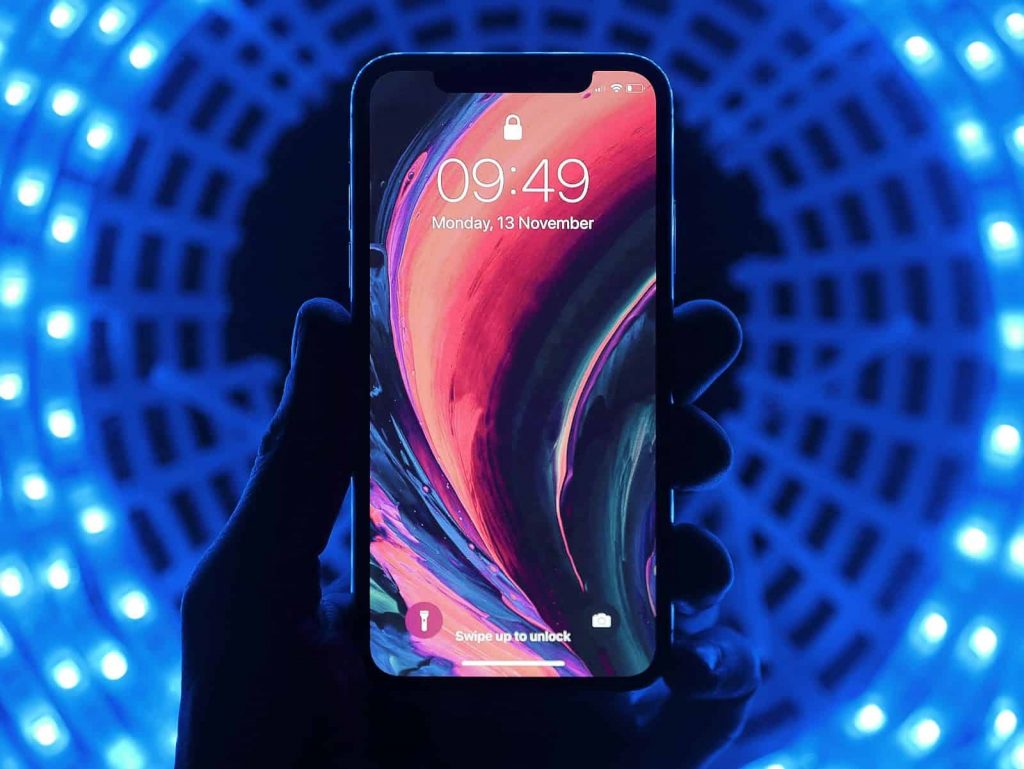What’s in the future of smartphone design?. The mobile phone has come a long way – from the 2.4lb phone-shaped brick from 1973, to today’s 0.23lb smartphones. Throughout the years, we’ve seen not just mobile phone features evolve; we’ve seen the designs change, too.

Everyone has fond memories of the flip phone, and it’s really no surprise that Motorola and Samsung thought to bring a new generation of folding devices to 2019 and 2020’s lineup of smartphones. We see other designers going a different way, with designers and engineers spending years optimizing layouts and creating 3D component bodies in a footprint library to make sleeker, more compact smartphones.
But what’s next? What else will we see down the line? In this article, we’ll explore the many changes we’re likely to see in smartphones over the next decade.
Screen Technology Could Help Us Scale in Unprecedented Ways
Although Motorola’s RAZR was widely considered a flop, there was one major advantage to it that couldn’t be denied: its tiny size when folded allowed it to fit in just about any pocket without poking out. Samsung seemed to do a better job of implementing foldable screen technology with the Samsung Galaxy Z Fold 2, but we’re still far from seeing apps that make full use of this technology. Still, there’s no denying that foldable phones will play their part in the future of smartphone design.
But there’s technology in the works to take things a step further. Samsung announced a prototype with a stretchable display in 2017, and Michigan State University has already successfully developed a stretchable integrated circuit. This means that we could see printed displays that could easily stretch and scale depending on their intended use.
Read: Top Android Video Editor Apps
No-Touch Typing Could Eliminate the Keyboard
Although this technology is still very much in development, efforts are being made to allow people to type with their minds, taking things a step further from voice-to-text dictation. From Facebook’s Building 8 division to MIT’s AlterEgo, brain-computer interfaces are being explored by companies across the globe. The aim for this type of technology is to allow people who can’t physically type to still be able to use emails, SMS, and messaging systems to communicate with others, but the potential applications go beyond that. With Facebook’s technology aiming to help people “type 100 words per minute from their minds”, productivity could potentially see unprecedented boosts.
Should this technology be perfected, there’s no doubt that it’d be incorporated into the modern smartphone. This may remove the need for a keyboard altogether, so we might see smartphones without keyboard capabilities at all. In fact, the QWERTY phone could be phased out altogether.
Wireless Charging Could Remove Charging Ports
Unlike no-touch typing, wireless charging technology has been around for a significantly longer time, and it’s something that we see in many of today’s high-end smartphones. The technology is being used in not just smartphone design, but also in the healthcare, manufacturing, and automotive industries for the convenience it brings. However, what brought this technology to mainstream attention was its inclusion in the iPhone 8 and the iPhone X. Now, we’re seeing many other developers incorporating this feature into their designs.
Just as the introduction and adoption of Bluetooth headphones resulted in phones being manufactured without a headphone jack, the mainstream adoption of wireless charging could leave us with phones without charging ports. After all, the need to connect your phone to your computer to transfer files – another major function of that charging port – has been all but eliminated through the use of near-field communications and Bluetooth as well. If reliable technology for charging phones from a distance is successfully developed, we’re sure to see the charging port removed completely. We’ve seen this in the Meizu Zero, which launched in January 2019 as the “world’s first holeless phone”, but we’ve yet to see major developers jump on the trend. However, we may see this happening sooner rather than later, as rumors circulate that the iPhone 13 may be released without the lightning charging port in 2021.
There’s no denying that the future of smartphones is promising. When you really think about it, most of today’s smartphones seem like something out of a science fiction novel. With smartphone tech constantly being developed, it wouldn’t be surprising if we see some amazing things in the coming years.